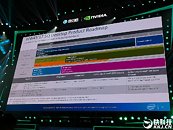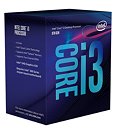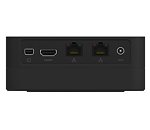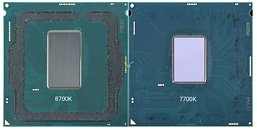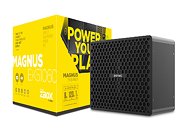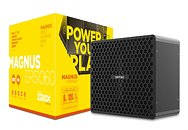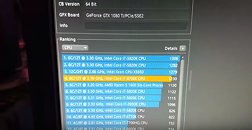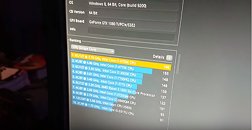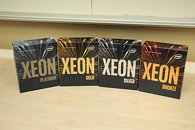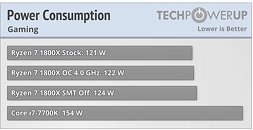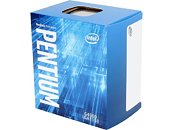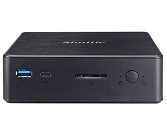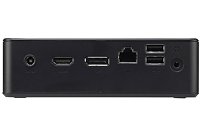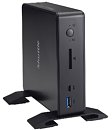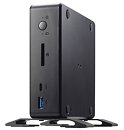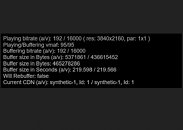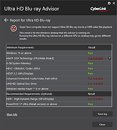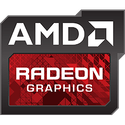
Shuttle's SZ270R9 Gaming and VR Cube Comes with Overclocking on Demand Function
Shuttle Computer Group, Inc., one of the world's leading designers of small form computers, announces a new and powerful cube-sized computer, its SZ270R9, designed for advanced home and portable gaming, along with virtual reality applications. Unlike other PCs, once set, users can overclock with the Turbo button for the quickest, most realistic action. In spite of its small size, it has an impressive expansion capability and storage capacity. With lots of interior space, the SZ270R9 supports large-format dual-slot graphics cards; users can install up to four 2.5" or 3.5" hard drives and two m.2 bays. It also supports Intel's new Optane Memory to improve data processing and system speed.
"This is the ultimate gaming PC, power packed with an external design that looks like you're ready for battle," said Robert Garcia, channel manager, Shuttle Computer Group. "And when you press the overclock button, watch out! You'll be the winner for sure."
"This is the ultimate gaming PC, power packed with an external design that looks like you're ready for battle," said Robert Garcia, channel manager, Shuttle Computer Group. "And when you press the overclock button, watch out! You'll be the winner for sure."





